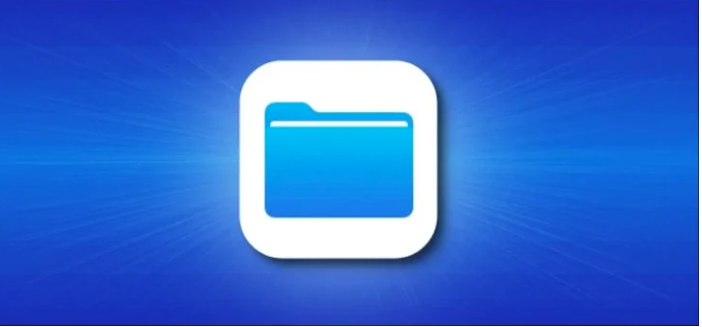Where are files downloaded on iPhone
The Files application first appeared on iOS back in 2017, along with the release of the iPhone X. For many iPhone and iPad users, the appearance of a proprietary file manager then seemed very unexpected and surprising. After all, Apple did not want the buyers of their devices to somehow work with files. But, as time has shown, it was a great decision. Now you can safely store various documents, create and unpack archives, and, most importantly, download files through the browser directly to the smartphone’s memory without having to immediately transfer them to the necessary applications.
True, not all users can find from the first time where their smartphone or tablet saves these documents. After all, Apple initially made not the most obvious decision. We figure out where all files are uploaded by default and how quickly you can access this folder.
Where to download files on iPhone
Starting with iOS 13, a full-fledged file uploader appeared on the iPhone and iPad. True, for some unknown reason, they are not downloaded to the internal memory of the device, which would be logical, but to the Downloads folder in iCloud Drive . This approach has several serious disadvantages. Firstly, when synchronization via cellular data is enabled, the file immediately starts uploading to iCloud, which, with large volumes, will negatively affect traffic consumption. And secondly, it’s just illogical. When a user downloads a file or document, he waits for it in the device’s memory, and not in the cloud storage.
Fortunately, in this situation, Apple did not do as it likes, namely, limit users in their choice. You can safely change not only the location for saving files, but also set the folder that you want yourself. You can do this in the following way:
- Open settings on iPhone.
- Go to the Safari section.
- In the “General” section, select “Downloads”.
- If you want to store downloaded files in your iPhone’s Downloads folder, then simply check the box from iCloud Drive to iPhone.
- To select a specific folder, click on “Other …”, go to the desired folder and click on “Open” in the upper right corner.
All is ready. Now all downloaded files will be saved to the location you specified. It is better to choose the memory of your phone or tablet for this, and not iCloud Drive. At a minimum, you will save traffic, and as a maximum, you will also save space in the cloud. This is especially true for those cases when you upload heavy files.
How to create a shortcut on iPhone
Naturally, in order to get into the Downloads folder, you need the Files application . But you can greatly simplify this process by simply creating its shortcut on the desktop. To do this, we need the “Teams” application and some free time:
- Download the Commands app on your iPhone if you haven’t already.
- In the “Quick commands” section, click on the “+” in the upper right corner.
- Click “Add Action” and use the search at the top of the screen to find “Folder”.
- Touch the blue label “Folder” in the gray line.
- Select the ‘Browse’ tab and navigate to the ‘Downloads’ folder or the one you want to create a shortcut for and click ‘Open’ in the top right corner.
- At the bottom of the page, stand in the search bar, enter “Open file” and select it.
- Click on the semi-transparent label “Default Application” and select “Files”.
- At the very top of the page, click on the arrow next to the name of the command and rename it to the name of the folder to which it will navigate.
- Here you can also choose the color and pattern that will be displayed on the icon.
- To add a shortcut to the desktop, click on the arrow next to the folder name again and select “Add to Home Screen”.
- Click “Done” in the top right corner.
Now you can place this shortcut on any desktop location convenient for you and go to downloaded files with one click.
Lock Screen Apps – iPhone
But, as you know, iOS 16 brought the ability to add widgets to the lock screen . More recently, I talked about the Lock Launcher application, which allows you to add icons to the lockscreen for quick access to applications. However, it is not limited to only applications. You can also add a shortcut to the commands you created earlier. This is exactly what we will do to access the Downloads folder directly from the lock screen:
- Open the “Lock Launcher” application
- On the Favorites tab, click Add Action.
- Go to the Shortcut section.
- In the Shortcut Name field, enter the name of the command you created and click Save. The link will be substituted by itself, and the widget will be created.
- Click on the three dots in the circle next to the created widget and select Edit.
- Set the icon and colors and click Save.
- Click again on the three dots in the circle and select Add to Lock Screen.
- Set any widget slot you like.
- Lock your iPhone and unlock it again without going to the Home screen.
- Hold your finger to enter edit mode.
- Select the desired lockscreen and click the “Customize” button.
- Go to the lock screen and tap “Add Widgets”.
- In the application list, find Lock Launcher and tap the newly created widget.
- Click the “Done” button in the upper right corner.
- .
Now you can move on to testing the new widget. Everything works quite quickly and conveniently, if you urgently need to get into the selected folder.

